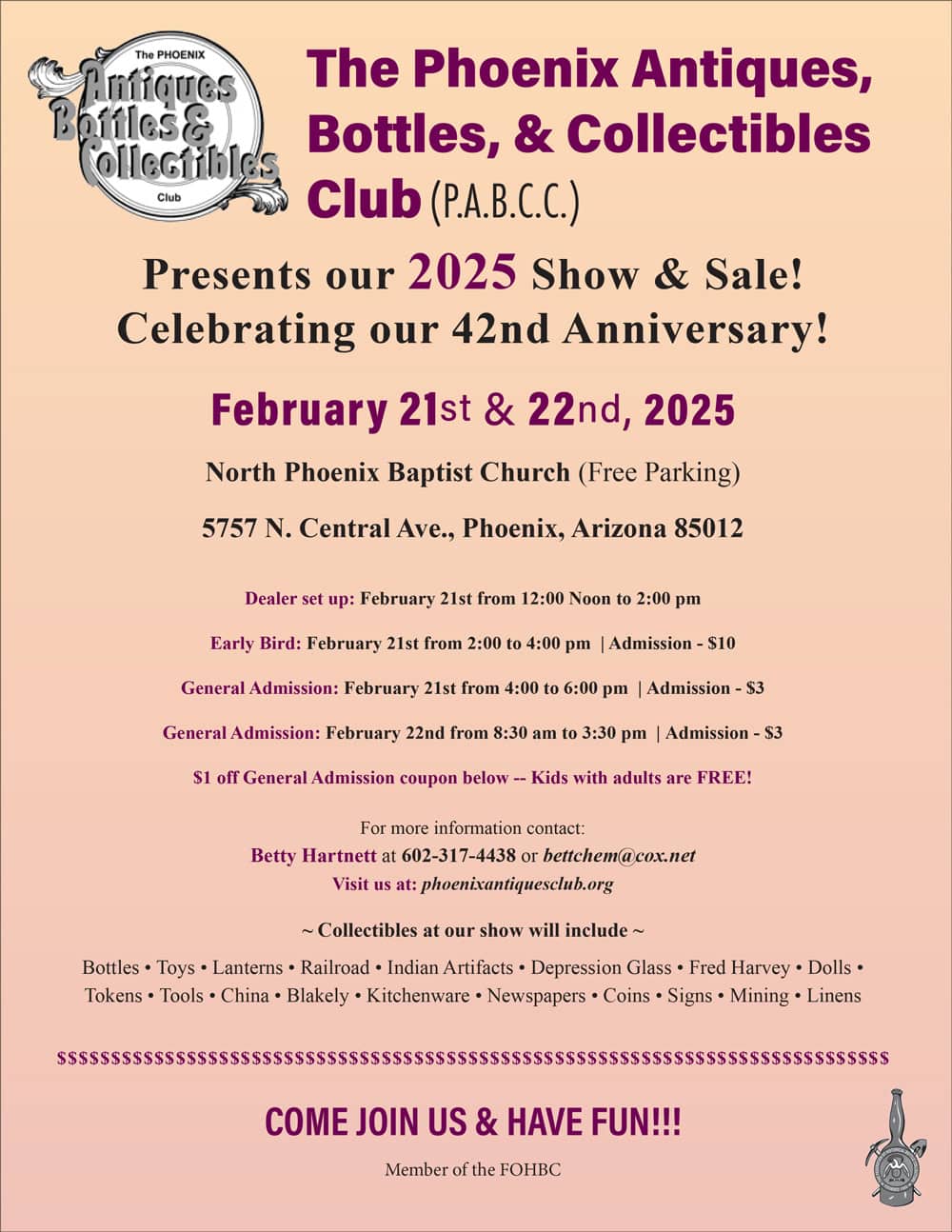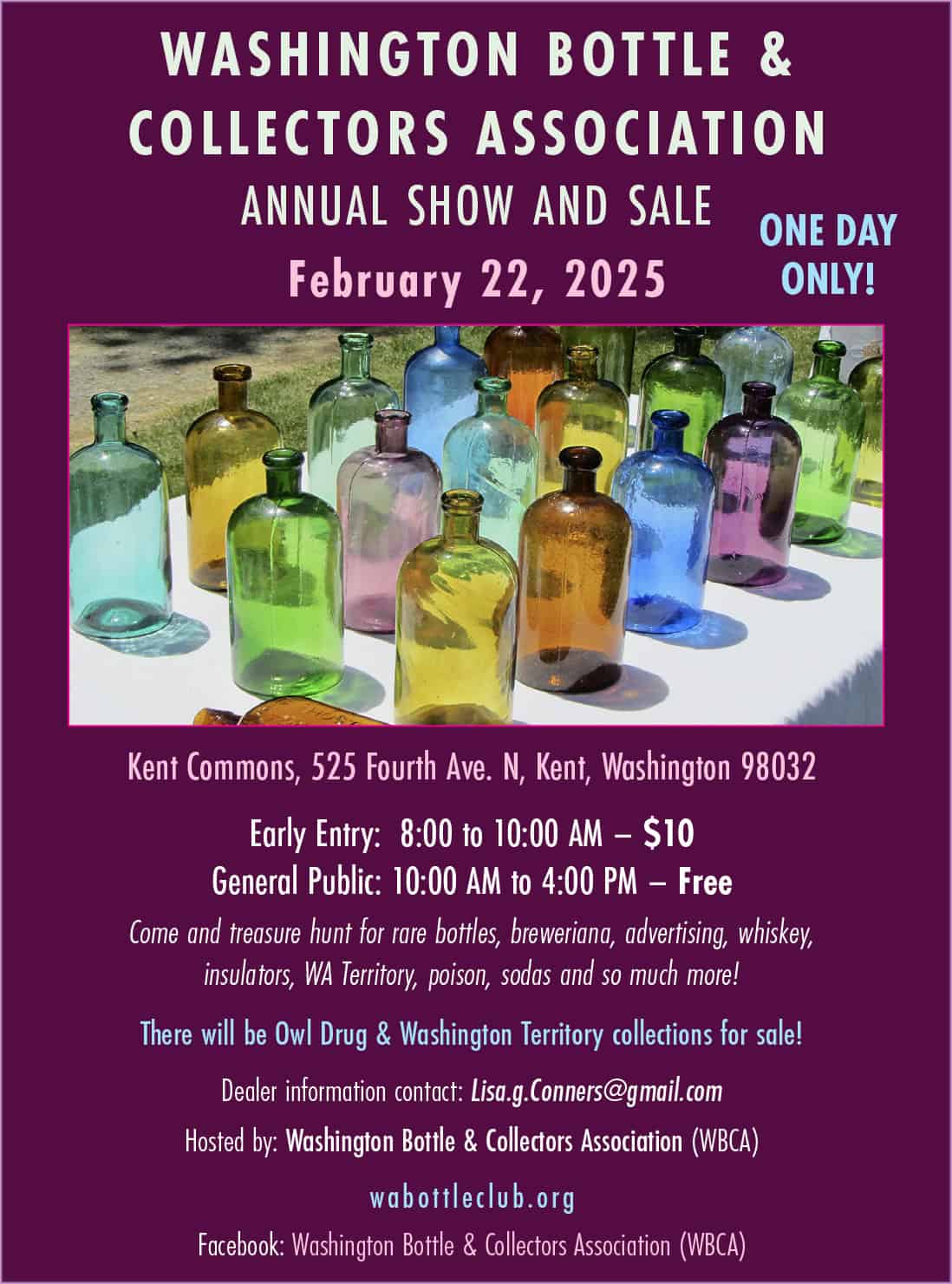
Henry C Kirk opened a drug store in downtown Sacramento in 1854. He continued his business until 1871 when he took on a partner, Joseph Hahn, and transitioned to H.C. Kirk & Co. Throughout the 1870s Kirk advertised drugs, dental wares, and in occasionally liquor. In 1877 he began to heavily advertise Simmonds Nabob Whisky for which he was the Sole Agent of Sacramento. Although there is no direct evidence what was in his embossed slug plate whiskey 5th was used for, it is possible that he was bottling Nabob Whisky in his own private mold bottles. Henry died in 1881 and in 1882 the firm transitioned to Kirk, Geary, & Co. Due to the characteristics of the bottle, it was likely made and used in the 1877 to 1881 timeframe. There are currently five examples of the Kirk bottles known.



John Franetta was a Croatian immigrant who began his foray into business with a small coffee stand in the 1860s that later became the famous San Francisco restaurant, The Tadich Grill. By the early 1870s he had entered the wholesale tobacco business which he continued into the 1880s. He maintained a summer home in San Rafael, CA and in May of 1883, while battling pneumonia, decided to go into the wholesale liquor business in that town. Based on his newspaper advertisements, John Franetta dabbled in the wine, beer, and whiskey trade throughout the 1880s. In May of 1884 it was noted that Mr. Franetta had imported 200 barrels of Deer Lodge whiskey “for which he is sole agent on this coast.” It is likely the embossed slug plate whiskey 5th he put out was likely used for this product. Based on the manufacturing characteristics and the early attempt at venting the mold (along with its rarity) an 1883-1885 production date for the bottle is likely. John Franetta exited the business in 1891 when his son George Franetta partnered with George Nowell. Their partnership was short lived and in August of 1891 the Lang Brothers bought out Franetta’s interest and the firm became Nowell, Lang Bros. & Co. There are currently about four examples of the J. Franetta whiskey known.


It is interesting to note that with both the Kirk and Franetta bottles, nearly all of the examples known were not found in their respective hometowns. The same goes for the Goldtree Brothers 5th from San Luis Obispo. Likely, these merchants sent their embossed bottles out of town and used generic unembossed bottles locally.
https://goldengatebottles.com/






























